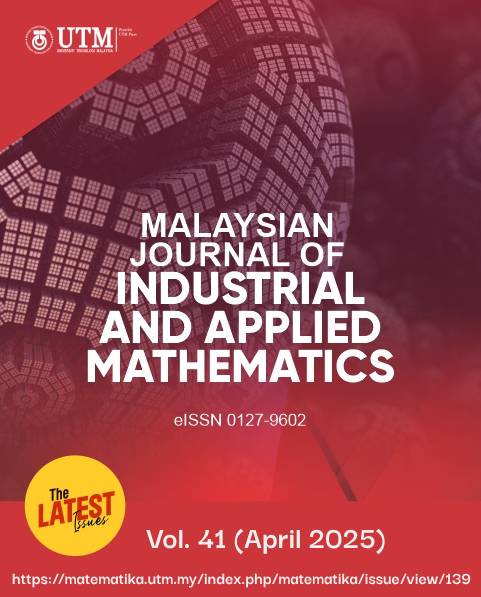A Theoretical and Simulation Study in Formulating the Optimal Biasing Parameter for an Almost Unbiased Regression Estimator
DOI:
https://doi.org/10.11113/matematika.v41.n1.1623Abstract
To combat multicollinearity problem in linear regression model, a biased estimator named as the k-almost unbiased regression estimator (KAURE) was investigated in this study. KAURE is associated with the biasing parameter, and the mean squared error (MSE) of KAURE is sensitive to changes in the biasing parameter. Theoretical and numerical comparisons in the previous research showed that KAURE outperformed ordinary least squares estimator (OLSE) in terms of MSE when the biasing parameter was within a specific range. However, KAURE is not unique within the specified range of the biasing parameter, which complicates its practical use in linear regression modeling. Hence, there is a need to find an optimal biasing parameter for KAURE to enable practitioners across various fields to effectively use KAURE. In this paper, some new methods to estimate the
optimal biasing parameter for KAURE that minimizes its MSE were proposed. Extensive Monte Carlo simulations were conducted to evaluate the performance of the proposed methods based on the average mean squared error (AMSE) criterion by varying the values of different factors (sample size, error standard deviation and degree of multicollinearity). The simulation results were confirmed by the empirical application. Thus, the proposed optimal biasing parameter provides a novel approach to formulating KAURE, enhancing its effectiveness as a practical alternative to OLSE for addressing multicollinearity issues in linear regression models.


















